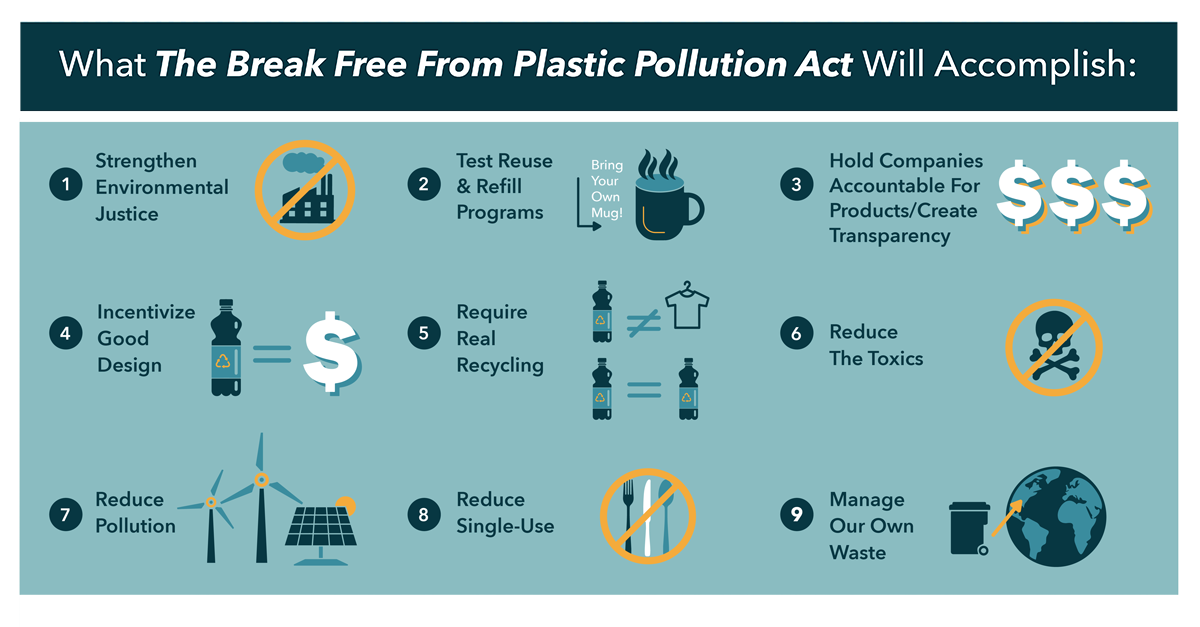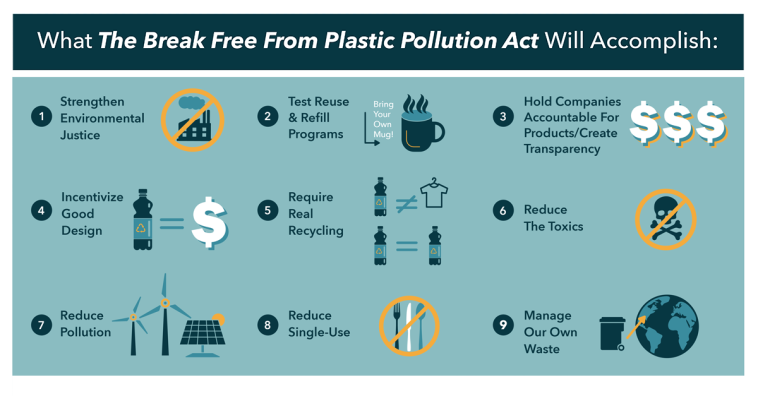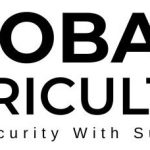
Revolutionizing Small Business Amidst Changing Economic Weather
In today’s buzzing economic landscape, small businesses find themselves at the crossroads of rapid technological progress and evolving market trends. As an editor with expertise in industrial manufacturing, automotive sectors, electric vehicles, and business tax laws, I’ve observed firsthand how companies from various industries are working through tricky parts and tangled issues. It isn’t always a smooth ride—with nerve-racking regulatory changes and overwhelming market pressures—but it also presents plenty of opportunities for those who can figure a path through the twists and turns.
Many business owners are now focused on incorporating digital marketing strategies, leveraging big data, and reinventing their supply chain processes. In this opinion editorial, I’ll poke around the many little details that make up today’s dynamic economic environment, offer guidance on managing your way through tax regulations, and highlight the innovative trends that are transforming not only traditional small businesses but also large industrial manufacturers and automotive enterprises. The rapid evolution of electric vehicles and digital marketing methods is reshaping how we view growth, efficiency, and profitability, making it essential for every business owner to understand these key shifts.
Small Business Marketing: Crafting Strategies That Work
The world of small business marketing is full of subtle details and slight differences that can create significant impacts on brand visibility and revenue. Business owners who are serious about boosting their growth need to take a closer look at the way they market their products and services. The traditional methods are gradually giving way to digital channels that offer measurable results and targeted outreach.
Building a Digital Presence That Resonates
In today’s digital world, creating an online presence that stands out is critical. Digital marketing isn’t just about posting on social media; it involves a complex blend of search engine optimization (SEO), content marketing, and strategic advertising. Many owners wonder how to figure a path through the ever-changing digital landscape. Here are a few focal points:
- SEO Strategies: Tackle confusing bits like keyword research and backlinking to ensure your business gets noticed online.
- Content Marketing: Develop content that speaks to your audience, addressing their needs and highlighting how your product solves real-world problems.
- Social Media Engagement: Use platforms like Facebook, Instagram, and LinkedIn to engage with customers directly, share meaningful updates, and receive immediate feedback.
Leveraging Long-Tail Keywords for Niche Markets
Using targeted language can help you narrow down your market and reach potential customers who are specifically interested in the detailed attributes of your product or service. For example, if you’re a small manufacturer of eco-friendly automotive parts, using comprehensive descriptor keywords such as “affordable eco-friendly automotive parts for small business fleets” can dramatically improve visibility on search engines.
| Keyword Phrase | Target Audience | Expected Outcome |
|---|---|---|
| local handcrafted automotive accessories | Local car enthusiasts and boutique car service centers | Enhanced regional visibility and direct customer engagement |
| industrial-grade eco car parts manufacturer | Industrial buyers and environmental advocates | Broader market reach and improved online reputation |
Industrial Manufacturing in a Changing Global Economy
The industrial manufacturing sector has long embodied the heart of the economy, facing both traditional challenges and new, technology-driven pressures. Companies in this arena face tangled issues—not least among them the nerve-racking regulatory standards and the need to modernize equipment and processes to remain competitive as global trends shift.
Adapting to New Production Methods
Today’s manufacturing environment is all about staving off outdated processes and embracing smart technology. As manufacturers work through rough patches like supply chain bottlenecks and fluctuating raw material prices, the necessity to integrate automation and digital control systems becomes more pronounced. Not only do these upgrades improve efficiency, but they also bring subtle differences in production quality and consistency that can set a company apart from competitors.
- Automation & Robotics: These help in reducing human error, improving precision, and slashing production times.
- Lean Manufacturing: Adopting lean principles can reduce waste and create more agile production lines.
- IoT Integration: Using Internet-of-Things devices to monitor machinery performance in real time allows for proactive maintenance, thus preventing unexpected downtime.
Managing Supply Chain Obstacles
Supply chain disruptions have become one of the most intimidating challenges in today’s market. Manufacturers must sort out critical supply chain intricacies while making their production resilient against unpredictable global events. Key recommendations for managing your way through supply chain issues include:
- Developing multiple supplier relationships
- Investing in real-time inventory management systems
- Implementing contingency plans to deal with potential delays
The Automotive Industry: Shifting Gears Towards Electric Vehicles
Few industries illustrate the pace of transformation quite like the automotive sector. The industry is in the midst of a seismic shift—from conventional gasoline-powered vehicles to electric vehicles (EVs) that promise lower emissions and higher performance. This transition isn’t free from hurdles; the journey is full of nuanced challenges and slight differences that require business owners to dig into the hidden complexities of manufacturing, legislation, and market acceptance.
Embracing Electric Vehicle Technology
Transitioning to electric vehicles is a tactic that many traditional car manufacturers and new entrants are taking seriously. The switch is accompanied by several practical benefits, such as reduced operating costs and a smaller environmental footprint. However, this change also contains tricky parts, such as sourcing reliable battery technology and overcoming infrastructure obstacles. Stakeholders must work through these aspects meticulously:
- Sustainable Battery Production: Establishing partnerships with battery innovators to secure reliable energy sources.
- Charging Infrastructure: Collaborating with local governments to expand the network of charging stations, ensuring that EV drivers have convenient access.
- Adapting to Consumer Preferences: Understanding subtle customer cues regarding aesthetics, performance, and overall value in an EV compared to conventional models.
Policy and Regulation: Finding Your Way Through New Rules
Electric vehicle expansion has prompted world governments to introduce regulations designed both to boost production and curb environmental impact. Automotive companies must adjust quickly to remain compliant while still staying innovative. The regulatory environment can be tense and full of problems, but a proactive approach can make the transition more manageable:
- Stay updated on government incentives and tax credits for EV production and purchase.
- Maintain transparency in environmental reporting to build trust with regulators and customers.
- Collaborate with industry peers to push for harmonized standards that benefit all stakeholders.
Business Tax Laws and Financial Strategies: Essential Tips for Entrepreneurs
Tax laws are no stranger to business owners across sectors, whether running a small local shop or a large industrial facility. The ever-changing financial regulations and tax laws present a maze loaded with issues and nerve-racking details. It’s imperative to take a closer look at these regulations to avoid surprises and ensure sustainable growth.
Simplifying Tax Regulations for Small Business Owners
Even though many small business owners consider the tax setup a scary territory, breaking down the tax code into manageable pieces can lead to smoother operations. Here are some practical strategies to figure a path through the maze of business tax laws:
- Consult with Professionals: Regular sessions with tax experts help to address tangled tax issues and prepare for audits.
- Stay Informed: Keep tabs on updated tax laws by subscribing to reputable economic and tax news sources.
- Utilize Technology: Accounting software can be a super important tool in streamlining the bookkeeping process.
Impact of Federal and Local Taxes on Industrial Manufacturing
For larger industrial manufacturers, tax laws can be even more complicated. The fine points of federal laws, state-specific regulations, and local business taxes can add up quickly. A proactive financial strategy is crucial for balancing innovative investment in equipment and managing tax liabilities effectively. Consider these strategic tips:
- Develop a comprehensive tax strategy that includes forecasting tax burdens for the upcoming fiscal year.
- Focus on deductions and credits available for green energy investments, especially if transitioning part of your operations toward sustainable production.
- Collaborate with financial advisors to perform regular audits, ensuring compliance and clear financial planning.
Economic News and Emerging Trends: Keeping Pace With a Fast-Changing Market
The pulse of the economy often reflects broader trends that can either spur or hinder small business growth. Economic news provides opportunities to dive in and understand how policies, technological advancements, and market dynamics affect different sectors. From fluctuations in global demand to evolving consumer habits, staying informed is key to figuring a path through the tricky bits of today’s market.
Reacting to Global Economic Shifts
Global events—such as trade negotiations, changes in international regulations, and shifts in consumer sentiment—play a super important role in shaping business strategies. As we work through the small distinctions between various economic indicators, being proactive rather than reactive allows business owners to hedge risks and capture new opportunities. Consider the following steps for staying ahead:
- Regularly review economic forecasts and industry reports.
- Engage with local business associations to exchange insights.
- Invest in market research to pinpoint emerging trends before they hit mainstream notice.
Digital Transformation and Economic Strategies
In an era where technology influences almost every aspect of business, understanding the fine shades of digital transformation is not just an option—it’s a must-have. Shifting to digital platforms not only boosts operational efficiency but also helps in building more resilient business models, especially when traditional markets appear overwhelming and off-putting.
A digital transformation plan should incorporate:
- Cloud-based Systems: Embracing cloud computing can simplify operations, reduce IT overhead, and facilitate smoother collaboration across departments.
- Data Analytics: Leverage big data to optimize everything from inventory management to customer engagement strategies.
- Cybersecurity: As operations move online, bolstering cybersecurity measures is essential to protect sensitive company data and maintain customer trust.
Innovative Marketing Strategies in the Modern Business Environment
Marketing today is much more than just selling a product. It’s an intricate combination of storytelling, community engagement, and cultural sensitivity. Business owners must be ready to steer through the mixed bag of consumer preferences and competitive pressures. In doing so, they can turn even the most intimidating markets into avenues for growth.
Leveraging Social Media and Influencer Partnerships
Social media is a game-changer when it comes to connection and outreach. Companies that take a closer look at strategies involving influencer collaborations and community-based marketing often find that these approaches provide a direct line to consumers, bypassing traditional advertising hurdles. Such tactics can be particularly effective for niches like electric vehicles and eco-friendly manufacturing, where consumer values play a critical role in decision-making.
- Influencer Collaborations: Partner with figures who resonate with your target audience to build authenticity and trust.
- Targeted Advertising: Use precise demographic targeting and content personalization to capture the attention of specific market segments.
- Community Engagement: Create online forums, interactive webinars, or local events to foster a sense of belonging and loyalty among your customers.
Multichannel Marketing: A Harmonious Blend of Old and New
The successful marketing mix today is not about choosing between traditional and digital—it’s about marrying the two. Combining old-fashioned direct mail campaigns with email marketing and social media outreach ensures that you cover a broader spectrum of your customer base. Here’s how you can create a multichannel plan:
- Email Marketing: Develop engaging newsletters that provide real value, updates, and product news.
- Paid Search and Social Ads: Use these for timely promotions and to divert traffic to your website or online store.
- Local Engagement: Leverage community events and partnerships with local institutions for a personalized touch.
Synergizing Business Sectors: When Manufacturing Meets Marketing
One of the most exciting trends in today’s market is the merging of business sectors that traditionally operated in silos. The confluence of industrial manufacturing with cutting-edge marketing strategies showcases the potential for a holistic approach to business growth. When manufacturers understand and apply modern marketing techniques, the result is a powerful synergy that drives extraordinary results.
Creating a Cohesive Business Model
The transformation from isolated manufacturing processes to a more integrated business model involves combining both operational efficiency and consumer outreach. A cohesive model is one that leverages each sector’s strengths, making the transition smoother for companies looking to modernize. Consider these essential components:
- Integrated Supply Chains: Combine manufacturing excellence with digital tracking to ensure every part of the operation is visible and optimized.
- Cross-Departmental Collaboration: Encourage marketing teams to work closely with production managers to create narratives that reflect real manufacturing values.
- Customer-Centric Production: Use customer feedback as a benchmark to continuously upgrade manufacturing processes, ensuring the product meets market expectations.
Table: Benefits of Integrating Manufacturing with Modern Marketing
| Strategy | Manufacturing Benefit | Marketing Benefit |
|---|---|---|
| Real-Time Data Integration | Improved operational efficiency | Better targeting of customer needs |
| Collaborative Branding | Enhanced product innovation | More authentic brand narratives |
| Customer Feedback Loop | Agile production adjustments | Better alignment with market trends |
Final Thoughts: Embracing Change With a Balanced Approach
The current economic environment is layered with complex twists and turns that make every decision feel loaded with potential pitfalls and promise. Whether it’s steering through new digital marketing techniques, adapting to the latest in industrial manufacturing, shifting gears towards electric vehicles, or sorting out meticulous tax law changes, business leaders must take a balanced, holistic approach. By focusing on key areas such as digital strategy, technological innovation, and compliance with evolving regulations, companies of all sizes can harness the power of these changes.
Ultimately, what separates thriving businesses from those that struggle is the willingness to get into the hidden complexities of modern business operations. Embracing both the big picture and the fine points is critical for long-term success. As we witness continued advancements in technology and evolving market conditions, businesses must repeatedly retool their strategies, blending tradition with the latest digital trends, to stay ahead in an ever-changing world.
While the challenges can appear intimidating at first—whether they come from tangled regulatory webs, nerve-racking operational obstacles, or overwhelming market shifts—the rewards for those who persist are significant. The future belongs to those who can quickly adapt, think creatively, and combine the best of multiple worlds to forge new paths forward.
This opinion editorial serves as both a wake-up call and a guide. It encourages business owners, industry leaders, and policymakers alike to take a closer look at the evolving economic landscape, to appreciate the subtle differences that define competitive success, and to pursue innovation with clarity and preparedness. In doing so, we can all work together to build an economic future that is robust, inclusive, and daringly progressive.
Read more about this topic at
Cookie Consent Overview
Cookie Consent Integration with Google Consent Mode

